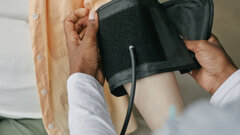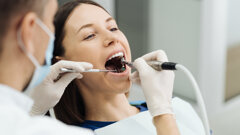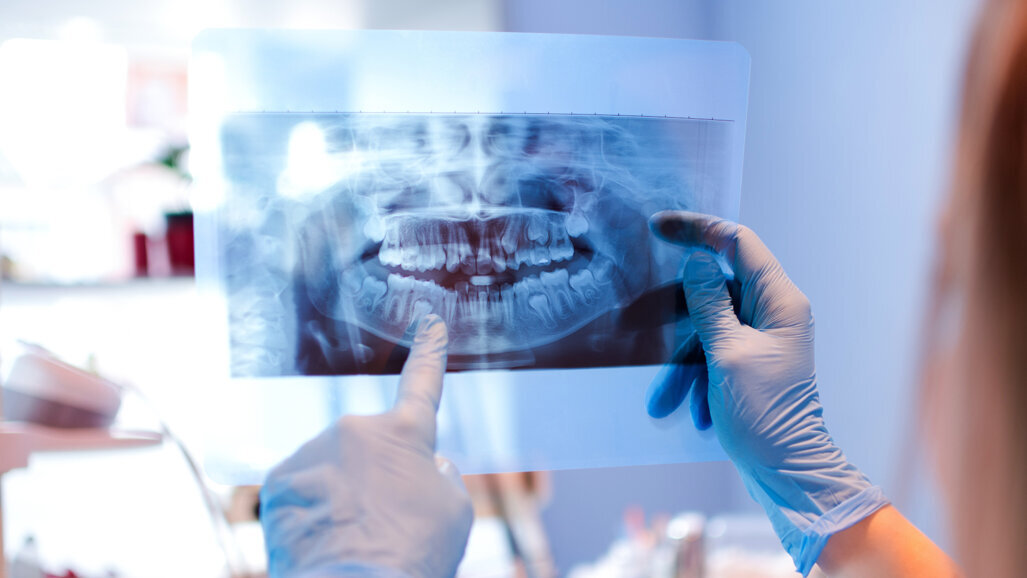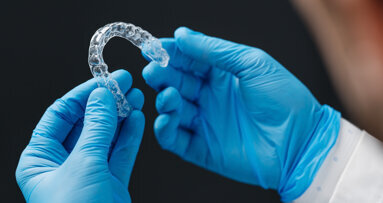BOSTON, US: VideaHealth, a provider of artificial intelligence (AI)-powered dental technology, has introduced OrthoAI and ImplantAI—new features within its VideaAI platform designed to support the identification of aligner and implant candidates directly from radiographic images. The update aims to assist dental service organisations (DSOs) and independent practices in recognising additional treatment options while improving clinical efficiency.
By analysing routine radiographs, the new features help highlight patients who may benefit from orthodontic or implant treatment, thereby assisting clinicians in prioritising further diagnostic steps for higher-probability cases. “Aligners and implants represent enormous clinical and financial opportunities for DSOs and dental groups, but many organisations struggle to identify eligible patients at scale and train their staff to check for these procedures continuously,” Florian Hillen, CEO of VideaHealth, said in a press release. “With these new AI-powered recommendations, we’re addressing one of the most persistent frustrations DSOs face: knowing which patients to analyse with more detailed imaging, and how to maximise treatment conversion,” he continued.
According to the company, pilot programmes conducted with leading DSOs have shown measurable outcomes. Within 30 days of implementation, participating practices reported a 14% increase in planned aligner treatments, corresponding to an estimated US$125,000 (€107,000*) in additional revenue per location. In some instances, practices nearly tripled their treatment planning volumes, with annual revenue increases estimated at up to US$1.5 million per site.
Optimising resource use and case planning
Although many DSOs have invested in intra-oral and 3D scanning technologies, challenges remain regarding consistent usage and the identification of high-value treatment cases. VideaHealth reports that, within weeks of activating OrthoAI, participating practices recorded an unexpected twelvefold increase in 3D scans among patients identified as likely candidates for aligner therapy, based on clinical and historical data. According to the company, these prompts can support case acceptance and help streamline staff training.
OrthoAI and ImplantAI are integrated into the existing VideaAI workflow. The features are designed to provide visual cues within the platform, assisting practices in targeting appropriate cases without the need for workflow modifications or retraining. The system also supports standardised, data-informed care across teams while aiming to improve resource utilisation.
The company notes that identifying suitable candidates for orthodontic and implant procedures may also contribute to improved long-term health outcomes. Evidence suggests such treatments can play a role in reducing systemic health risks associated with cardiovascular disease, diabetes and sleep apnoea, as well as in supporting improved nutrition and overall well-being.
“VideaAI already powers the largest share of AI adoption across the largest ten DSOs in North America,” Hillen commented. “With this launch, we’re not just helping DSOs grow smarter and faster; we’re also supporting healthier, longer lives for patients everywhere.”
More information about VideaHealth can be found here.
Editorial note:
OrthoAI and ImplantAI are available as part of VideaHealth’s WorkflowAI offering and require access to both the Huddle and Viewer modules.
* Calculated on the OANDA platform for 26 June 2025.
Tags:
BOSTON, US: VideaHealth, a dental artificial intelligence (AI) company, and vVARDIS, a Swiss manufacturer of oral care and tooth whitening products, have ...
LONDON, Canada: The use of artificial intelligence (AI) in dentistry is rapidly expanding, offering new possibilities in diagnostics, treatment planning and...
HONG KONG: According to the Global Burden of Disease study, early childhood caries affects approximately 530 million children around the world, making it ...
The rise of artificial intelligence (AI) has sparked both curiosity and scepticism across numerous professions, including dentistry. For many, the term ...
In medicine, it is widely accepted that medical implants and treatments require revision over time. In orthopaedic surgery, for example, joint replacements ...
ZAGREB, Croatia: As 3D-printed aligners gain traction, many patients and clinicians continue to apply cleaning routines that were originally developed for ...
Live webinar
Mon. 12 January 2026
9:00 AM EST (New York)
Prof. Judith Jones D.D.S; M.P.H., Prof. Kakuhiro Fukai D.D.S., Ph.D, Dr. Bathsheba (Bethy) Turton
Live webinar
Wed. 14 January 2026
12:00 PM EST (New York)
Dr. Théo Laplane, Dr. Robert Gottlander DDS
Live webinar
Fri. 16 January 2026
12:00 PM EST (New York)
Live webinar
Mon. 19 January 2026
1:00 PM EST (New York)
Philipp Kopp, Michael Seeber
Live webinar
Thu. 22 January 2026
2:00 PM EST (New York)
Dr. Nicola M. Grande DDS, PhD
Live webinar
Wed. 28 January 2026
8:00 AM EST (New York)
Live webinar
Wed. 28 January 2026
11:00 AM EST (New York)
Prof. Dr. Jan-Frederik Güth



 Austria / Österreich
Austria / Österreich
 Bosnia and Herzegovina / Босна и Херцеговина
Bosnia and Herzegovina / Босна и Херцеговина
 Bulgaria / България
Bulgaria / България
 Croatia / Hrvatska
Croatia / Hrvatska
 Czech Republic & Slovakia / Česká republika & Slovensko
Czech Republic & Slovakia / Česká republika & Slovensko
 France / France
France / France
 Germany / Deutschland
Germany / Deutschland
 Greece / ΕΛΛΑΔΑ
Greece / ΕΛΛΑΔΑ
 Hungary / Hungary
Hungary / Hungary
 Italy / Italia
Italy / Italia
 Netherlands / Nederland
Netherlands / Nederland
 Nordic / Nordic
Nordic / Nordic
 Poland / Polska
Poland / Polska
 Portugal / Portugal
Portugal / Portugal
 Romania & Moldova / România & Moldova
Romania & Moldova / România & Moldova
 Slovenia / Slovenija
Slovenia / Slovenija
 Serbia & Montenegro / Србија и Црна Гора
Serbia & Montenegro / Србија и Црна Гора
 Spain / España
Spain / España
 Switzerland / Schweiz
Switzerland / Schweiz
 Turkey / Türkiye
Turkey / Türkiye
 UK & Ireland / UK & Ireland
UK & Ireland / UK & Ireland
 International / International
International / International
 Brazil / Brasil
Brazil / Brasil
 Canada / Canada
Canada / Canada
 Latin America / Latinoamérica
Latin America / Latinoamérica
 China / 中国
China / 中国
 India / भारत गणराज्य
India / भारत गणराज्य
 Pakistan / Pākistān
Pakistan / Pākistān
 Vietnam / Việt Nam
Vietnam / Việt Nam
 ASEAN / ASEAN
ASEAN / ASEAN
 Israel / מְדִינַת יִשְׂרָאֵל
Israel / מְדִינַת יִשְׂרָאֵל
 Algeria, Morocco & Tunisia / الجزائر والمغرب وتونس
Algeria, Morocco & Tunisia / الجزائر والمغرب وتونس
 Middle East / Middle East
Middle East / Middle East

























































To post a reply please login or register